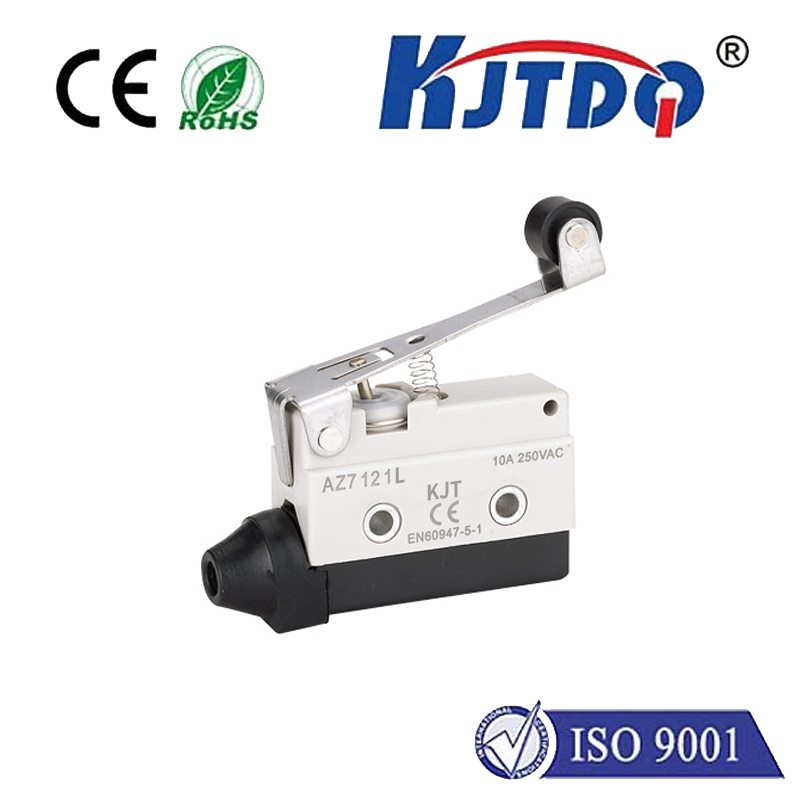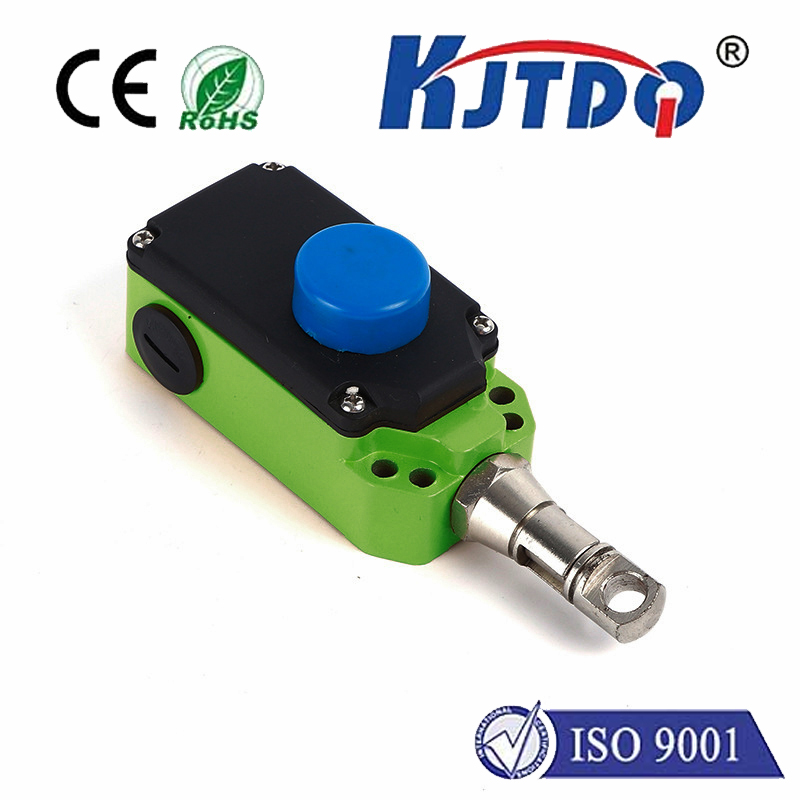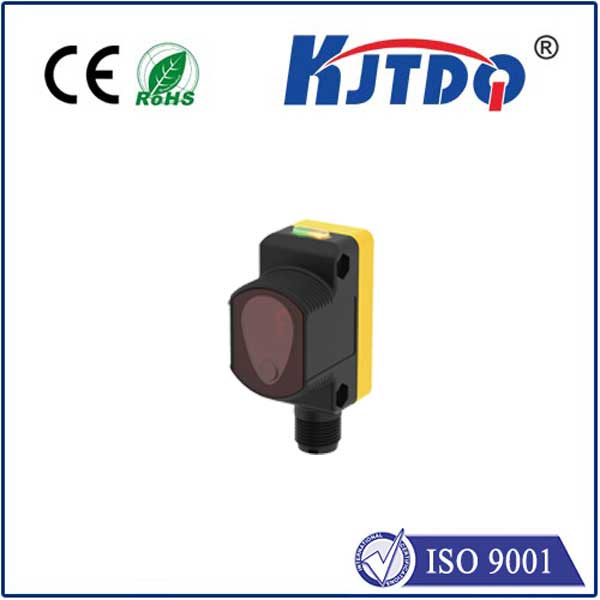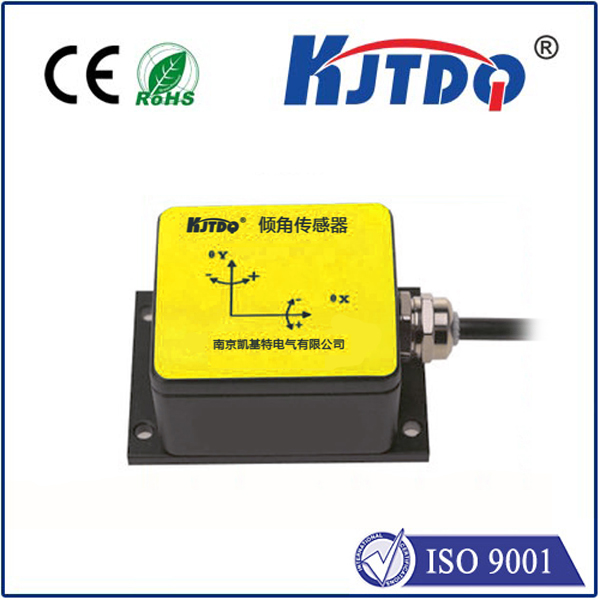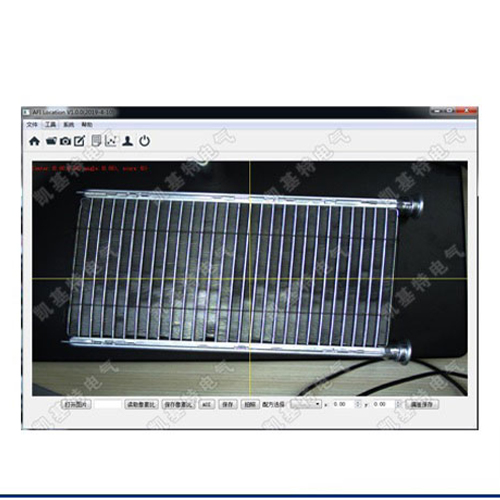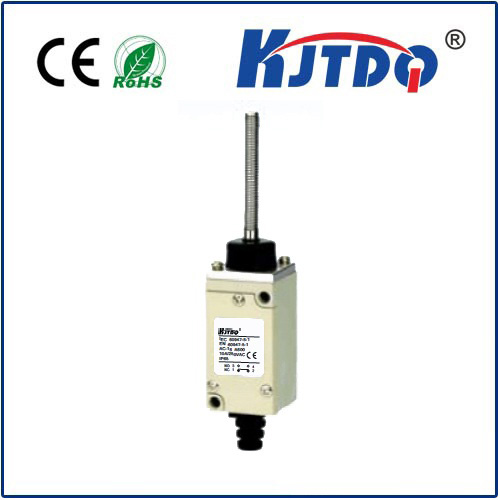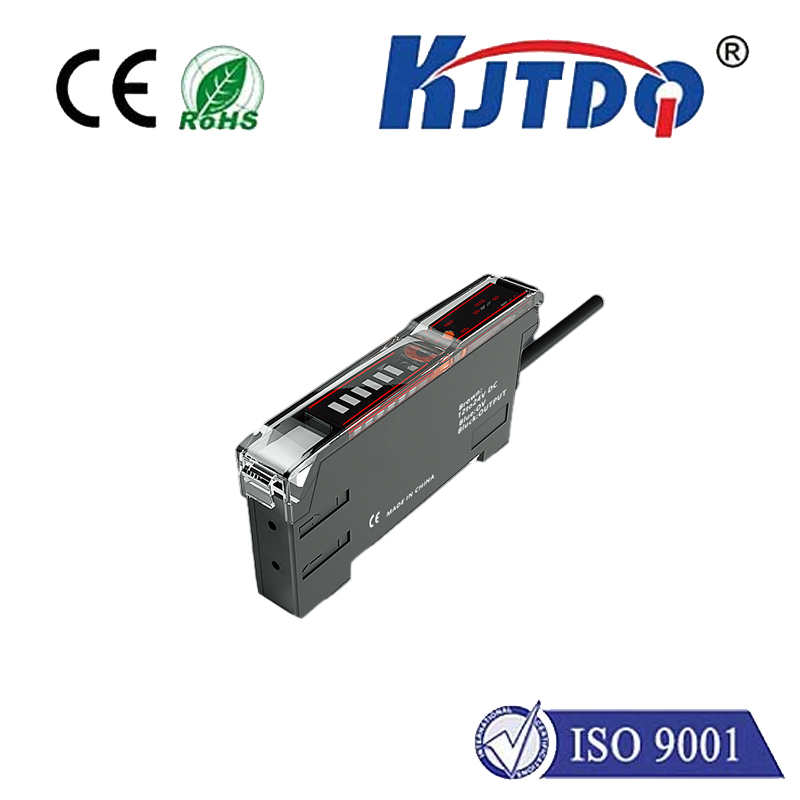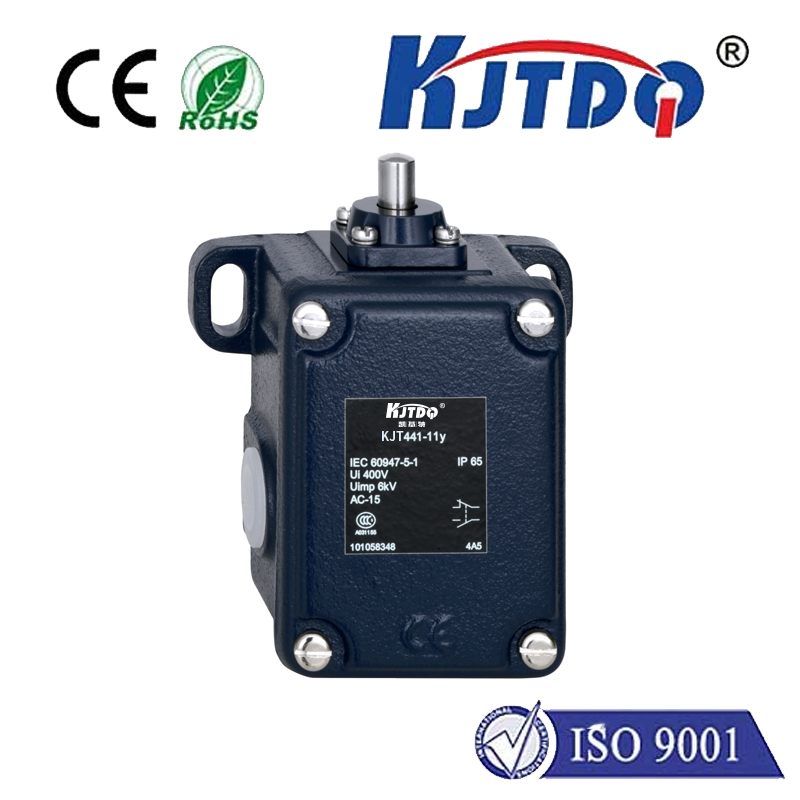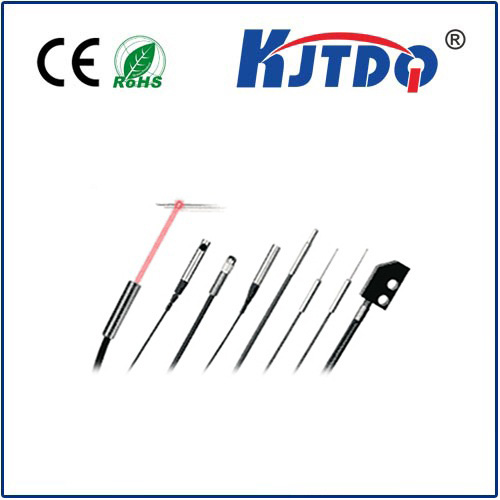ограничительный выключатель качалки
- time:2025-07-31 02:11:10
- Нажмите:0
Rocker Limit Switches: The Reliable Sentinels of Position Control
Picture a conveyor belt smoothly transporting packages, a robotic arm performing a precise weld, or an access door safeguarding machinery. In each scenario, there’s often a critical moment when something needs to know exactly where it is or when it encounters a physical limit. That’s where the unassuming yet indispensable ограничительный выключатель качалки steps into the spotlight. These robust mechanical sensors act as vigilant sentinels, translating physical contact into decisive electrical signals, forming the backbone of countless safety and control systems across industries.
Understanding the Rocker Limit Switch: Form and Function
At its core, a ограничительный выключатель качалки is an electro-mechanical device. Its defining feature is a lever arm – the “rocker” – often spring-loaded, that protrudes from the switch body. When an external object (like a moving part, door, or pallet) makes contact with this lever, it applies force, causing the rocker to pivot or move from its resting position. This physical movement directly actuates an internal switching mechanism.
This internal mechanism typically contains electrical contacts. As the rocker moves past a specific point (the operating point), it rapidly changes the state of these contacts. Crucially, most rocker switches function as snap-action switches. This means the contacts open or close very quickly once the rocker passes a critical position, minimizing arcing and ensuring reliable electrical switching regardless of the speed at which the actuator was pressed. When the force on the rocker is removed, a spring usually returns it to its original position, resetting the contacts.

Why Rocker Switches Endure: Key Advantages
In an era of sophisticated sensors, why do these seemingly simple mechanical switches remain so prevalent? Several significant advantages cement their place:
- Proven Durability & Reliability: Constructed with robust materials like metal or high-impact plastic, rocker switches excel in tough environments. They withstand dirt, dust, moisture (often rated IP65, IP67, or higher), significant vibrations, and substantial physical impact – conditions where more delicate electronic sensors might falter. Their mechanical nature provides predictable, long-lasting performance.
- High Overload Tolerance: Industrial environments can be electrically noisy. Rocker switches often boast impressive electrical ratings, capable of handling high inrush currents or moderate overloads directly, without requiring complex protection circuits typically needed for solid-state devices. This simplifies design and enhances resilience.
- Operational Simplicity: The core function – detect physical presence or position, change electrical state – is straightforward. This makes them incredibly easy to understand, install, configure, and troubleshoot for technicians. No complex programming or calibration is usually needed.
- Clear Tactile Feedback: The distinct physical “click” felt and sometimes heard during operation provides unambiguous confirmation that the switch has actuated, invaluable for manual testing and diagnostics.
- Adjustable Actuation: Many models offer adjustment mechanisms for the rocker’s actuation point or operating force. This fine-tuning capability allows for precise positioning control tailored to the specific application.
- Cost-Effectiveness: For straightforward presence detection and position limiting tasks, rocker switches offer exceptional value and a compelling return on investment, delivering reliable performance at an accessible price point.
Critical Applications: Where Rocker Switches Shine
The versatility and ruggedness of rocker switches make them indispensable across a vast array of industrial automation, manufacturing, and machinery contexts:
- Position Sensing & Travel Limits: The most common use. Mounted at the end of a linear rail or robotic arm path, they prevent over-travel by signaling the machine controller when the moving component has reached its programmed endpoint. Similarly, they detect when actuators, valves, or slides reach their target positions.
- Conveyor Systems: Used extensively to detect presence/absence of objects on a line, initiate sorting actions, signal jams, or mark the start/end of conveyor sections (detecting position of items).
- Machine Guarding & Safety Interlocks: Installed on access doors, safety gates, or protective covers, they ensure the machine cannot operate when the guard is open, directly cutting power or sending a safety signal to the controller, enhancing worker safety.
- Material Handling Equipment: Limit the hoist height on cranes or detect the fully lowered position on forklift forks.
- Packaging Machinery: Verify carton flaps are closed before sealing or detect the presence of a container entering a filling station.
- Process Control: Detect the open/closed status of large valves or dampers where physical confirmation is essential.
Selecting the Right Rocker Limit Switch: Key Considerations
Choosing the optimal rocker switch requires careful evaluation of several critical application factors:
- Electrical Rating: Match the switch’s current and voltage ratings (AC or DC) precisely to the load it will control. Consider both normal operating current and potential inrush currents. Underspecifying can lead to premature contact failure or welding!
- Environmental Conditions: Assess the level of dust, moisture (Ingress Protection/IP Rating), chemicals, temperature extremes, and vibration the switch will face. Choose housings and materials (e.g., stainless steel) rated appropriately. Harsh environments demand high IP ratings.
- Actuator Type & Force: Select the rocker lever style (roller type for smoother actuation, standard lever, long lever for extended reach) and ensure the operating force required falls within the capability of the moving part that will trigger it. Consider adjustment needs.
- Contact Configuration (Circuit): Determine how the switch needs to act: Normally Open (NO - closes on actuation), Normally Closed (NC - opens on actuation), or changeover (SPDT - breaks one circuit while making another). NC contacts are common in safety circuits as they fail-safe (open if broken).
- Mechanical Life Expectancy: Switches are rated for a certain number of mechanical operations. Ensure this meets the expected duty cycle of your application. High-cycle applications need robust designs.
- Mounting Requirements: Consider panel cutouts, bracket mounts, or direct mounting possibilities needed for your installation.
Conclusion: The Undiminished Relevance of a Robust Solution
While newer sensing technologies offer advantages in specific scenarios requiring non-contact detection or extreme precision, the ограничительный выключатель качалки remains a cornerstone of industrial control. Its unparalleled blend of durability under harsh conditions, straightforward functionality, high electrical load capacity, tactile feedback, and cost-effectiveness ensures its continued dominance in applications demanding reliable physical position detection, travel limitation, and safety interlocks. For engineers and technicians tackling the real-world challenges of automation and machinery control, the robust rocker limit switch is an indispensable, trusted companion.


